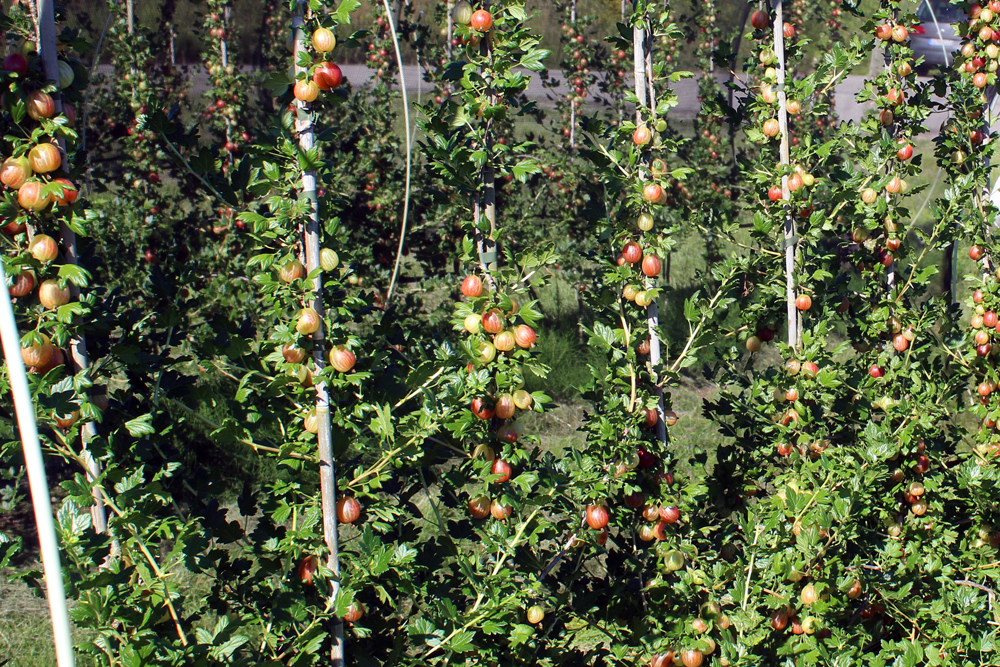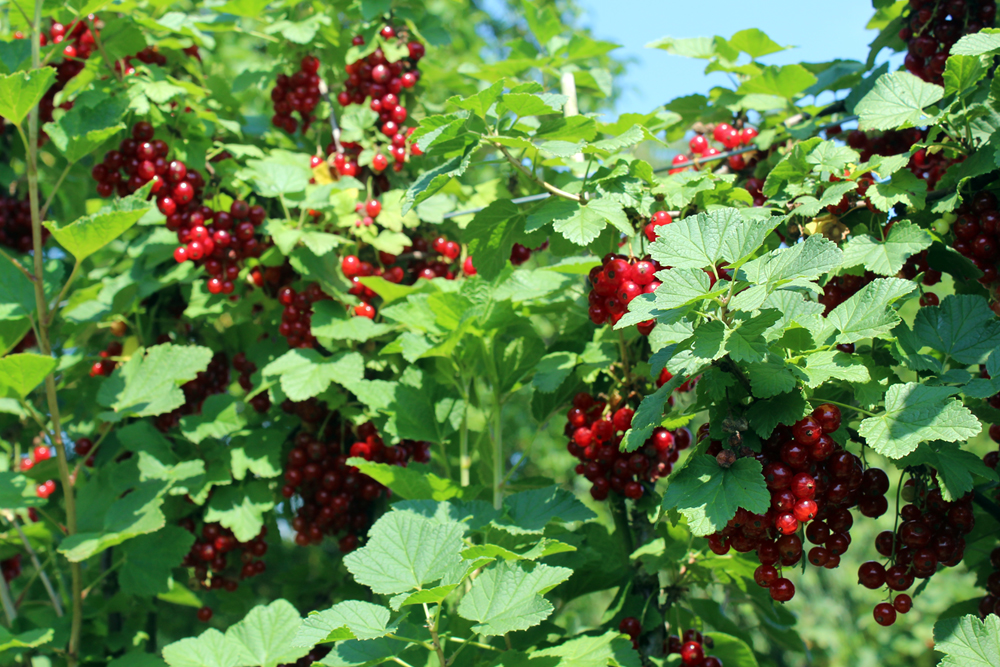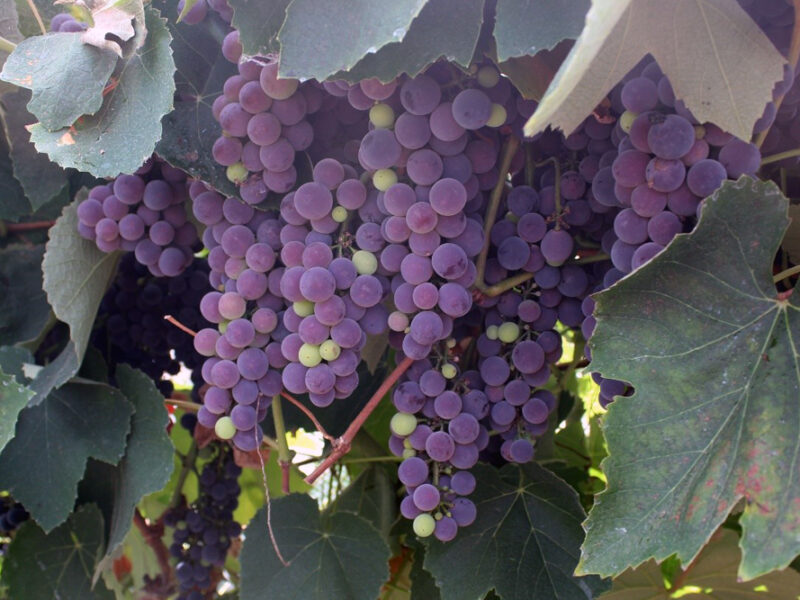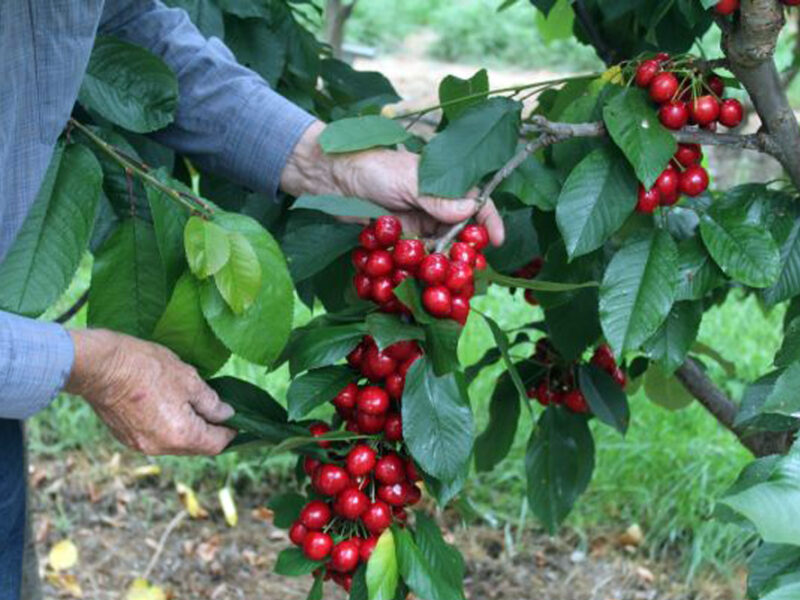There are two types of blueberry, (Vaccinium sp) the lowbush type and the high bush type which both originate in North America. The low bush type is only of limited commercial interest in Canada and the northern parts of USA, while the high bush type is now grown on every continent (except for Antarctica), and because of it’s excellent postharvest and travelling characteristics is available year round almost anywhere in the world.
This is a relatively new crop in most countries (except for USA). One of the major problems with blueberry production are some birds, which have a strong attraction to the fruit and can decimate small areas of crop.
Although the fruit has good transport characteristics, it has one major problem in that it is relatively small, and (currently) for fresh market must be harvested by hand as separate berries as the fruit does not mature evenly on the bush, or evenly on the fruiting strig.
Blueberry fruit is very high in antioxidants, and are regarded as an excellent health food—hence the huge interest in recent years—apart from the fact that they taste nice, and unlike many other berryfruit have very small seeds.
They are propagated from cuttings—normally semi-hardwood, and are normally (after rooting) grown on for a few months before planting in their final positions. This maybe in the field but increasingly they are being grown under some form of protected cultivation (eg high tunnel greenhouses) hydroponically in a coir (or coir based) medium. The control of pH is a critical factor, and a pH of 5.0 would appear to be necessary for optimal growth and productivity.
We still have a great deal to learn on how to grow blueberries, particularly in greenhouses using hydroponics. Training and pruning may offer improvements in harvesting efficiencies, as it is difficult to see how robotic harvesting might improve harvesting with such small fruits.
GOOSEBERRIES and RED CURRANTS

Two berry fruit which has declined in interest in recent years are the gooseberry (not to be muddled up with the “Chinese gooseberry”, since renamed kiwifruit), and the red currant.
The gooseberry (Ribes grossularia) is the earliest of the berry fruit to be harvested, but has (in many countries) lost favour in recent years. It is normally harvested when still green (and unripe) and used for pies and for jam. One use in New Zealand by the Indian population is to pickle the fruits at this stage. When grown in the soil it grows slowly, but when grown in coir and with hydroponics it is quite vigorous. It is difficult to harvest due to vicious thorns, but as the crop is harvested before mid-summer, with ample time for more growth the berries can be harvested by hand using with thick leather gloves, and any damage to the plant is replaced with growth before the winter. The advantage of coir and hydroponics. In Germany gooseberries are still grown as a dessert fruit, and harvested when ripe. They are grown in the soil and trained as cordons (see photo) for ease of harvesting.

The red currant (Ribes rubrum) is a less common berryfruit. It differs from the Blackcurrant (Ribes nigrum) which is used primarily for producing a blackcurrant drink (Ribena) and so can be mechanically harvested.
Red currant fruit is very thin skinned and easily damaged, so must be hand harvested. It is a bush, which can be trained as a cordon, to ease harvesting.
It’ major use is to produce red currant jelly, which is used mainly as a condiment with meat.
Propagation of red currants and gooseberries is by cuttings , which can be hard wood, and develop root easily.
-Mike Nichols



